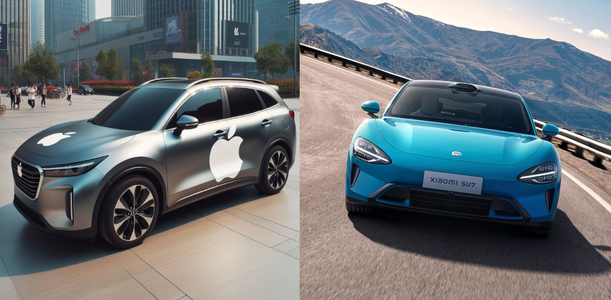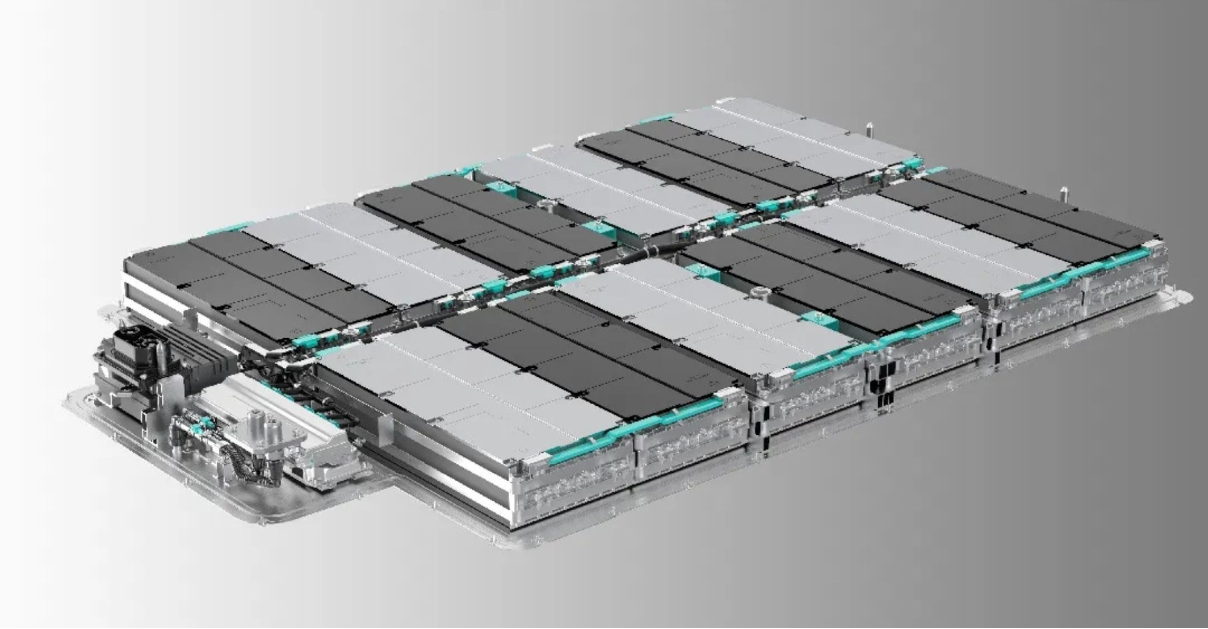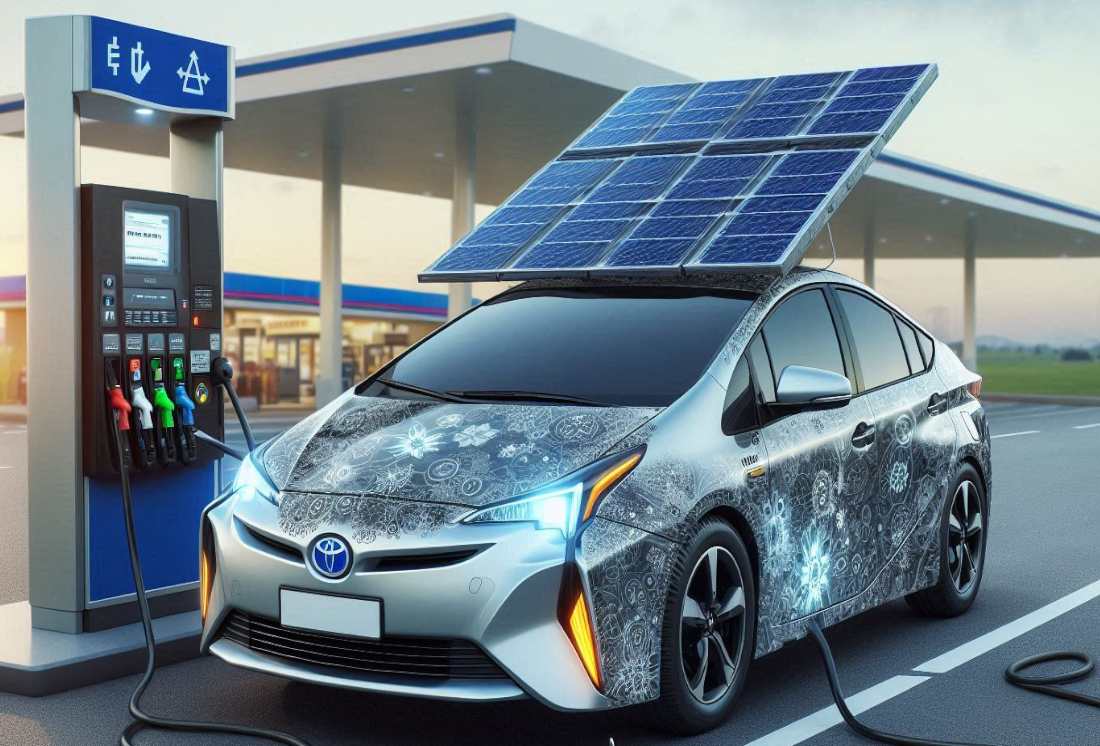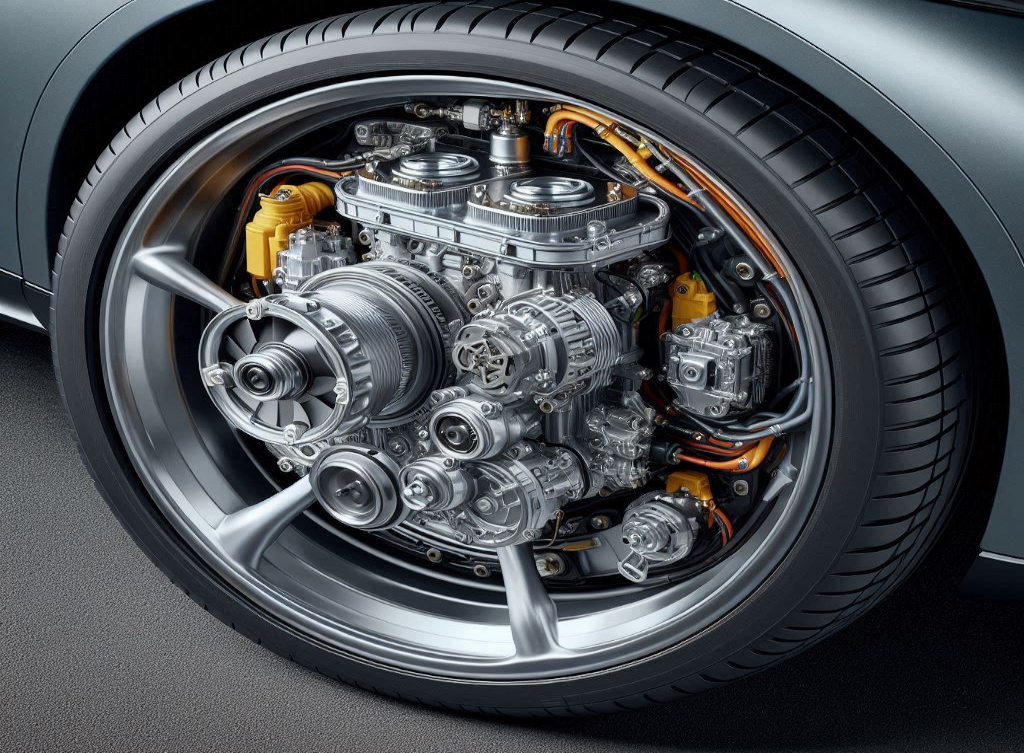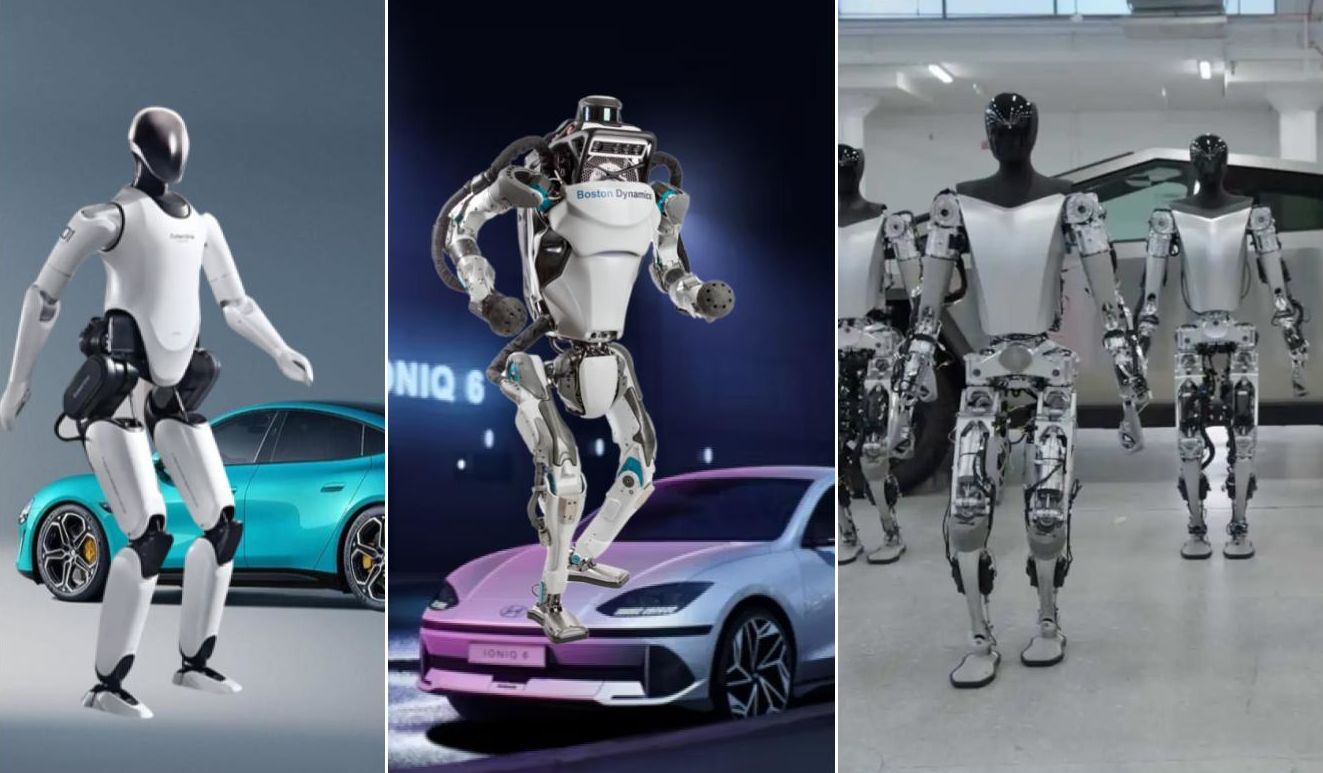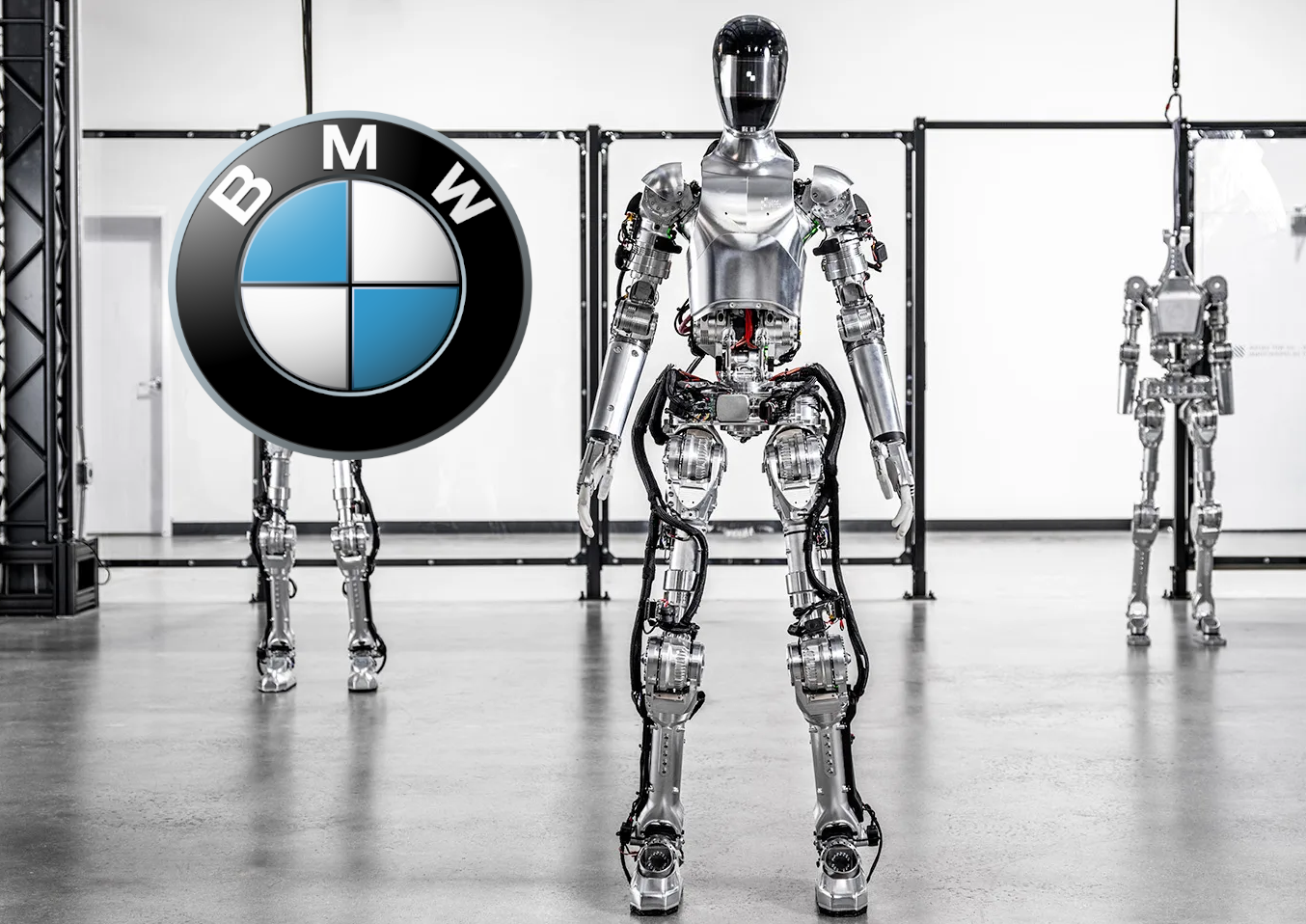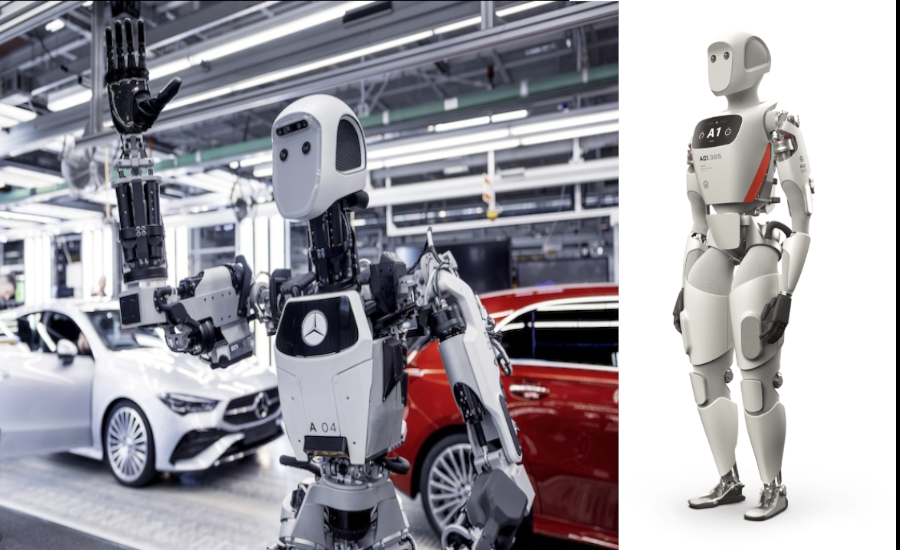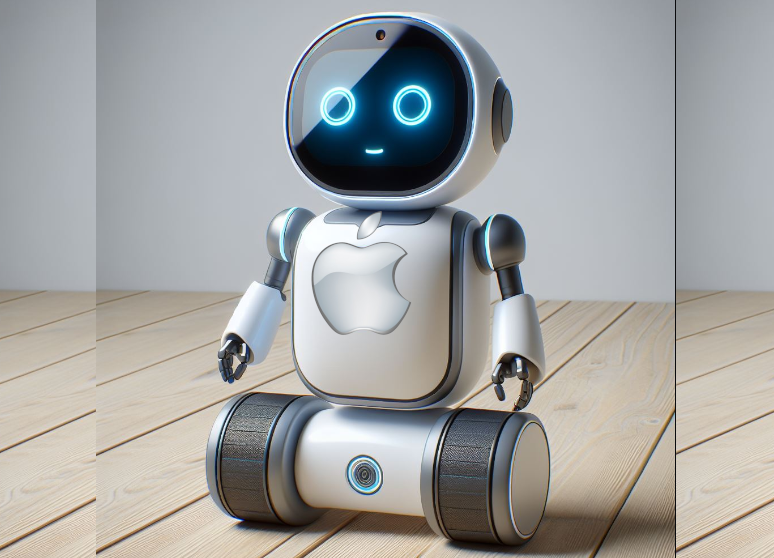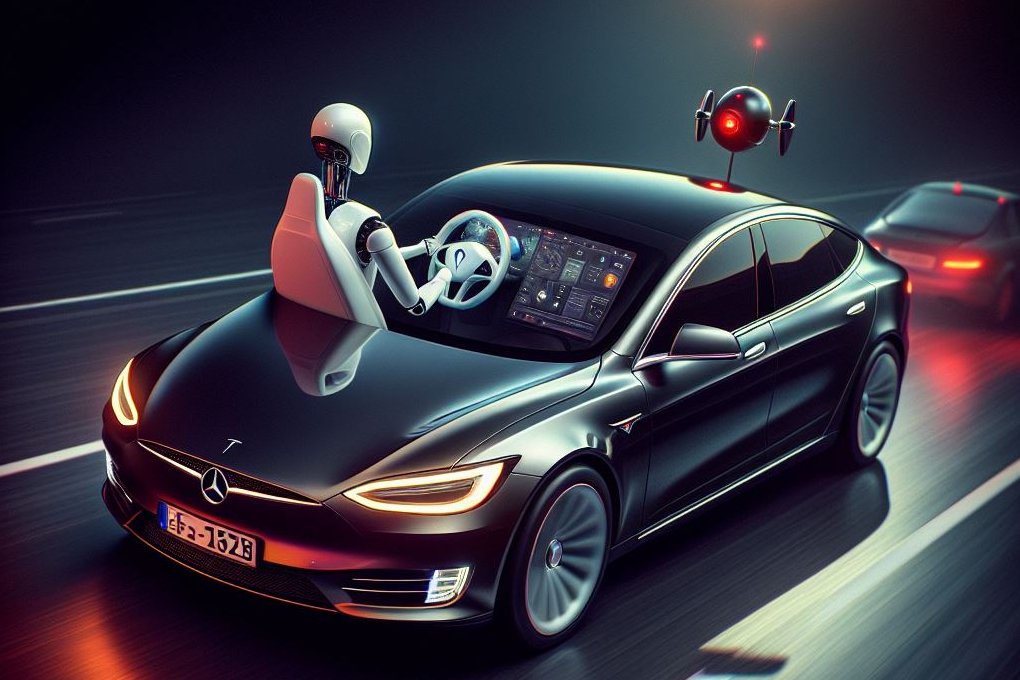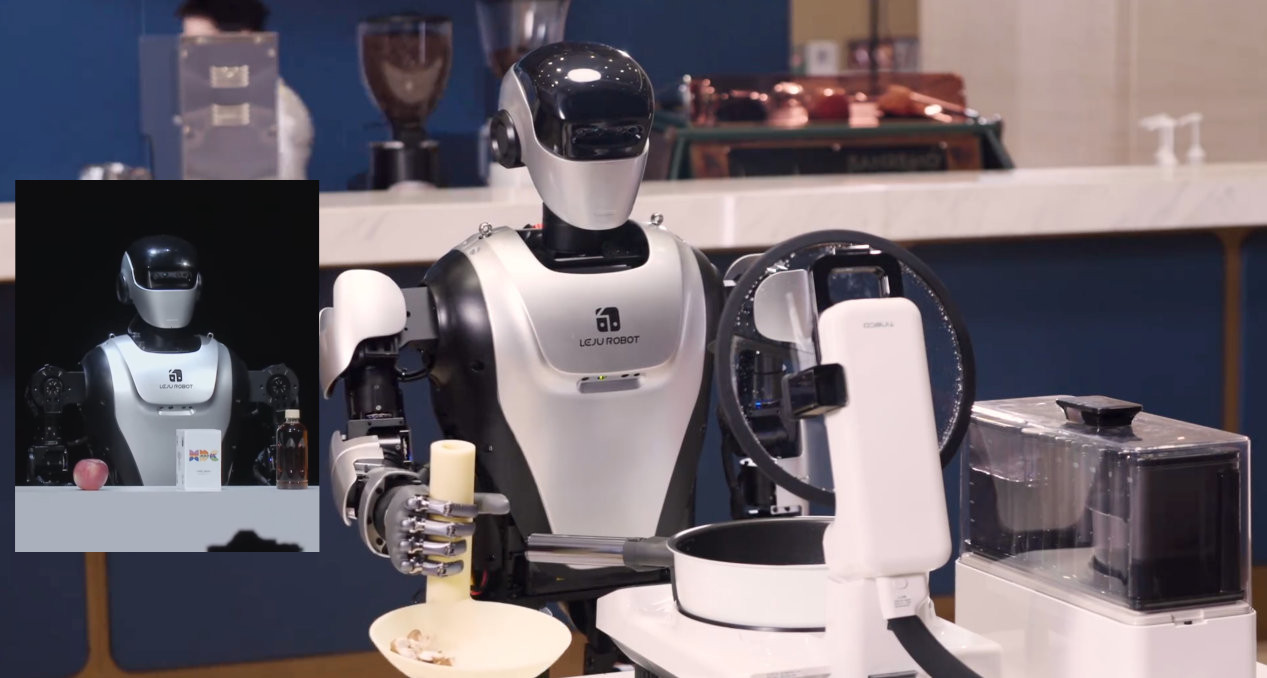On Thursday, March 28th, Chinese phone maker Xiaomi launched its first electric car, the SU7, positioning itself as a promising player in the EV industry. This comes just one month after Apple reportedly abandoned its Titan project, which aimed to develop a self-driving electric car.
So why did Apple fail where Xiaomi succeeded?
Ten years ago, Apple embarked on a project to build a self-driving car, incurring a cost of $10 billion. As with all its product launches, Apple sought to deliver a distinctive product that stood out from existing market offerings. This differentiation strategy has historically enabled them to achieve higher profit margins compared to their competitors.
In early 2024, Apple abandoned its project for a self-driving car without a steering wheel, acknowledging the significant challenges in achieving practical implementation. Despite advancements in artificial intelligence, fully autonomous vehicles appear to be further down the road than initially anticipated. This realization forced Apple to forego the unique selling proposition it envisioned for its car.
Xiaomi, on the other hand, took a different approach. They opted for an electric car with an automated assistant, avoiding claims of full self-driving capability. Instead, they focused on integration with the Xiaomi HyperOS system. This allows seamless connection between Xiaomi phones, the car, and their smart home devices, creating a unified digital environment that users can experience across all their Xiaomi products.
Unlike Apple, Xiaomi did not set big goals for itself. They leveraged their expertise as a phone manufacturer by creating a unified operating system (HyperOS) that seamlessly connects their cars with Xiaomi phones and smart home devices.
Why didn’t Apple just make an EV like Xiaomi?
Profitability likely plays a role in Apple’s approach to the EV market. The smartphone industry generally boasts higher profit margins compared to the automobile industry. Apple’s products typically see margins between 30% and 35%, while most electric car companies, including Tesla (the most profitable company in the EV market), hover around 18%. However, even Tesla’s margins are declining due to growing competition from Chinese companies and a potential softening in demand for electric cars.
As a new entrant in the EV market, Apple would have lacked established production lines, potentially hindering its ability to compete with Tesla on profit margins in the short term. Achieving profitability similar to Tesla could take Apple at least a decade, assuming they can establish themselves as a competitive force.
This focus on profitability can be a deciding factor in Apple’s decision to cancel its car project and prioritize development of CarPlay. Expanding CarPlay’s compatibility across more car models allows Apple to create a seamless user experience between any car, iPhones, and Apple’s smart home devices.
